Colorful Creations: Incredible Coral
Pillar coral
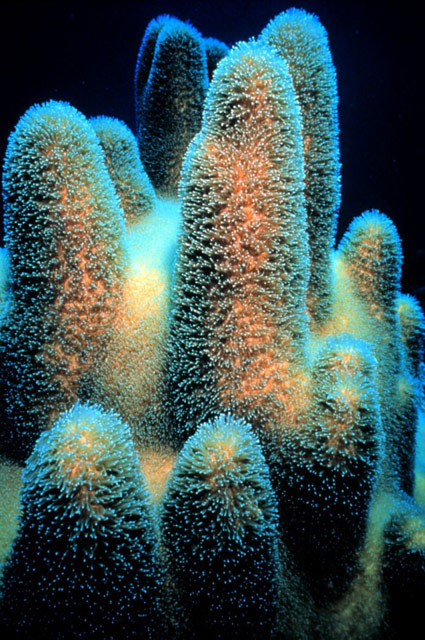
A beautiful pillar coral located in the Florida Keys.
Soft corals
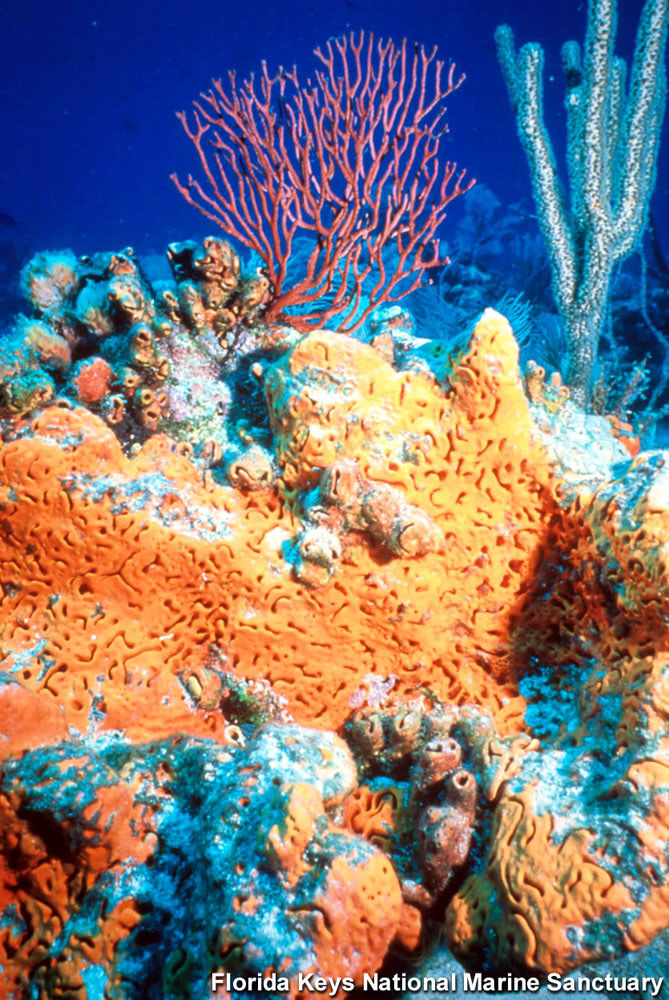
Often mistaken for plants, soft corals including the deep water sea fan (Iciligorgia schrammi), and the giant slit-pore sea rod (Plexaurella nutans), attach themselves to a hard substrate and slowly move with the natural wave action. Sponges like this orange elephant ear sponge (Agelas clathrodes) are water filters for the reef. They filter up to 30,000 times their body volume every day.
Soft coral
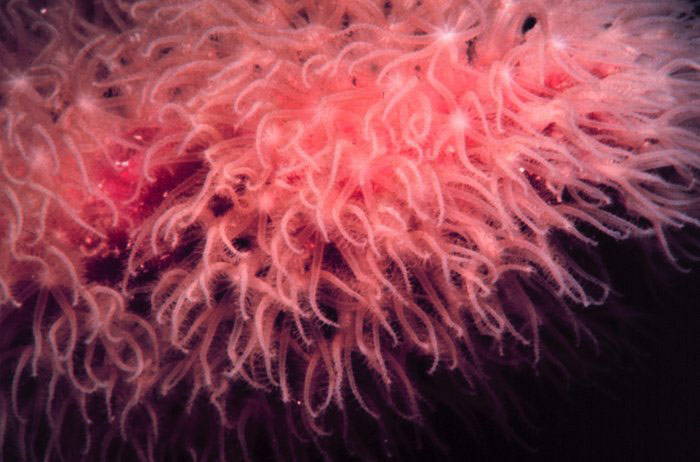
Soft coral with polyps extended.
Corals
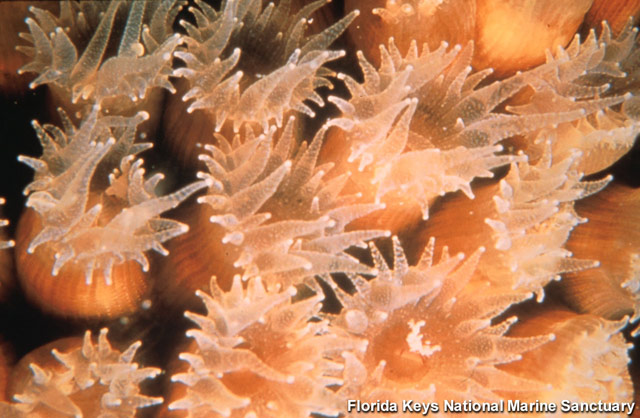
Corals are large colonies of small animals called polyps. These polyps reside within a cup-like calcium carbonate skeleton. They have a central opening surrounded by tentacles which can be extended to feed on phytoplankton in the water column. Corals are a member of the phylum cnidaria, which also includes jellyfish and anemones.
Pillar coral
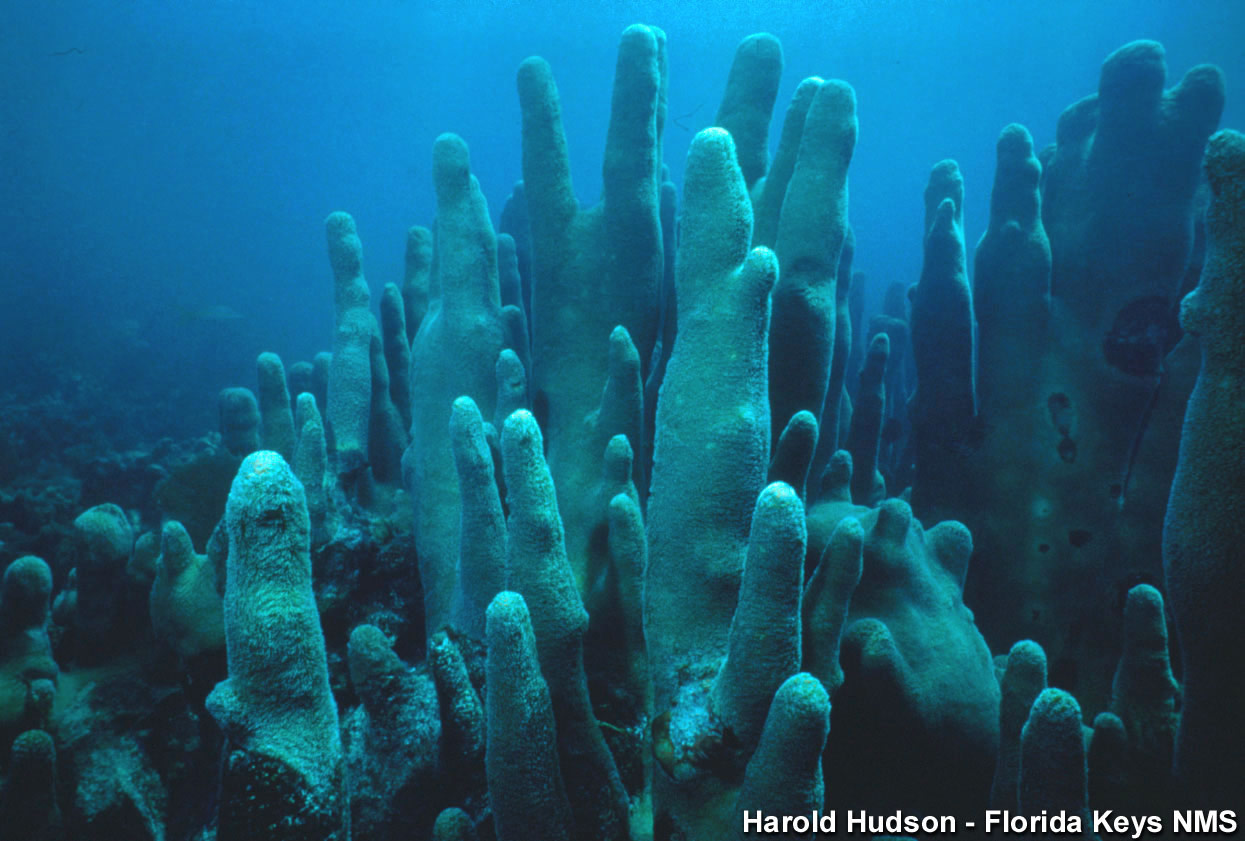
Pillar coral (Dendrogyra cylindrus), although beautiful, is rare in the Florida Keys. Pillar coral is unusual in that its polyps are usually extended.
Tongue Snail
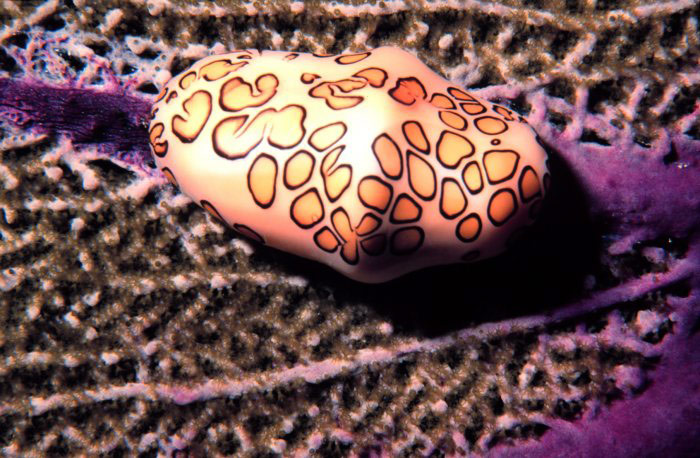
Flamingo tongue snail on a sea fan close-up.
Staghorn coral

Close-up of staghorn coral with polyps extended.
Get the world’s most fascinating discoveries delivered straight to your inbox.
Elkhorn coral
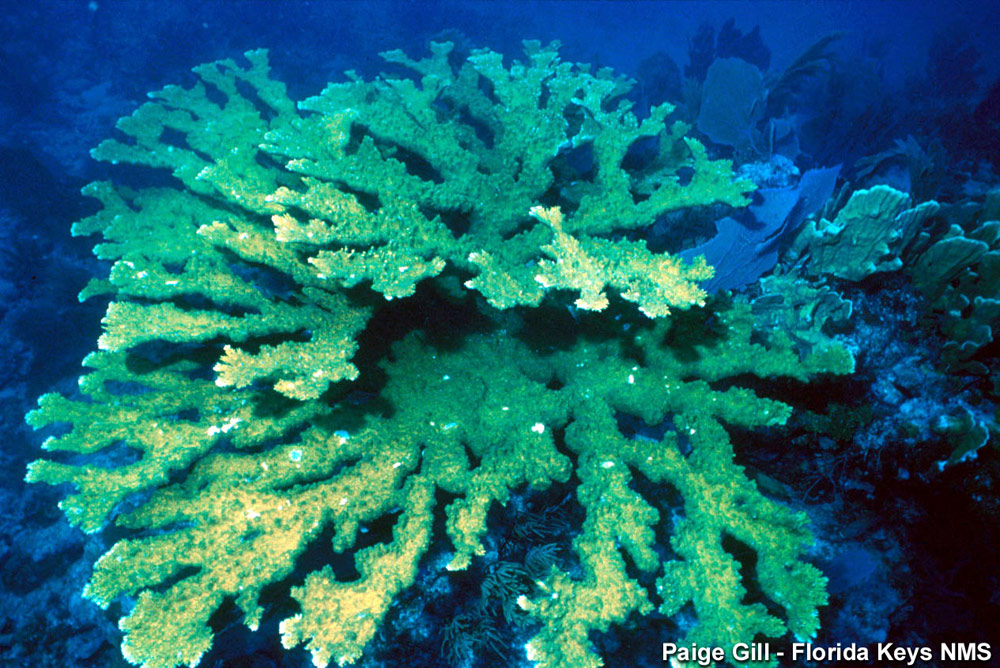
Elkhorn coral (Acropora palmata) is a branching coral. Branching corals grow in the shallow areas of the reef crest and serve to break up the wave action as it comes onto the reef. The branches of Elkhorn coral resemble an elk's rack of antlers, thus its name.
Coral bleaching
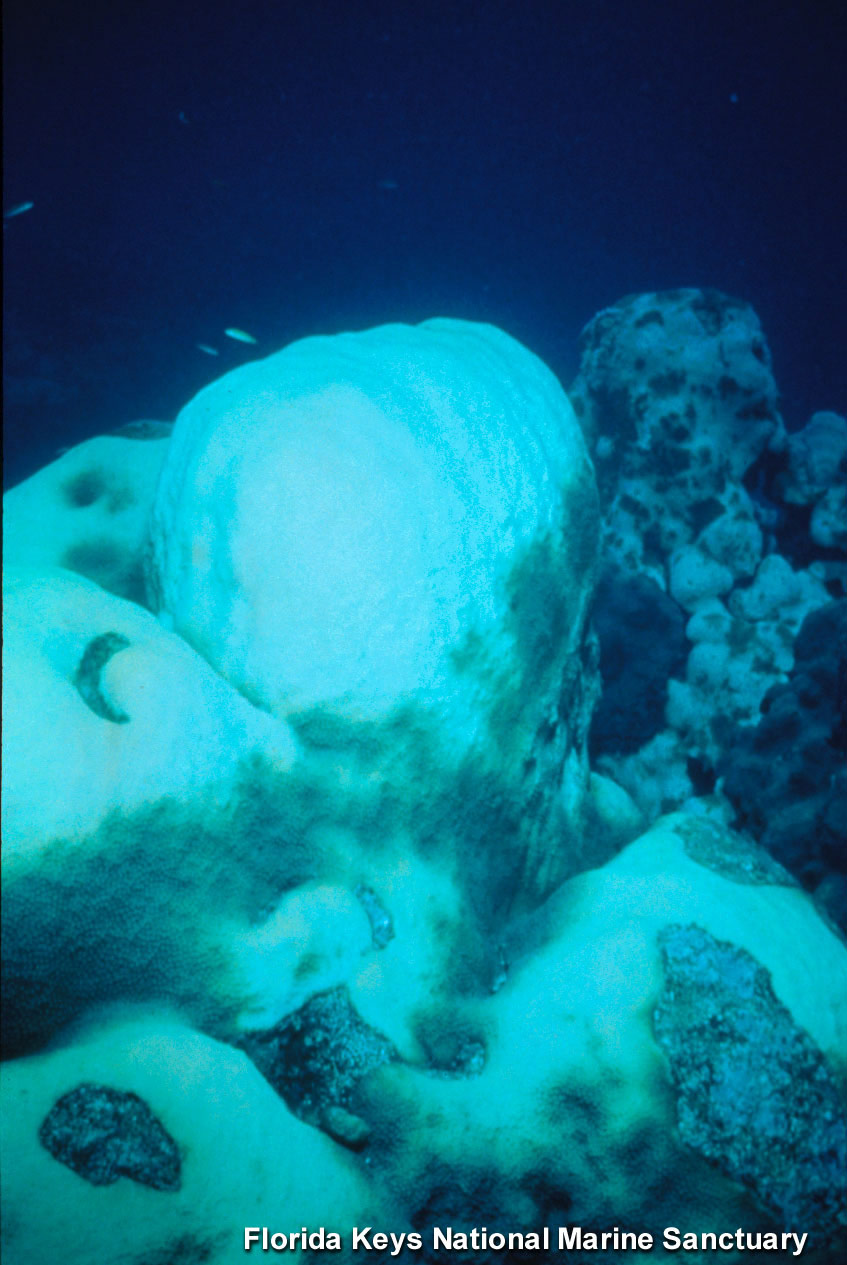
Coral bleaching is a growing phenomenon for coral reefs globally. It is caused by the expulsion of the symbiotic algae, zooxanthelle, from the coral polyps. The zooxanthelle gives the coral its color and is also the source of most of the coral's nutrients. Coral can survive for a short time without the zooxanthelle, but if the algae remain expelled for an extended period of time, the coral will die.
Brain coral

A reticulated brittle star lies on the ridges of brain coral.
Flower coral
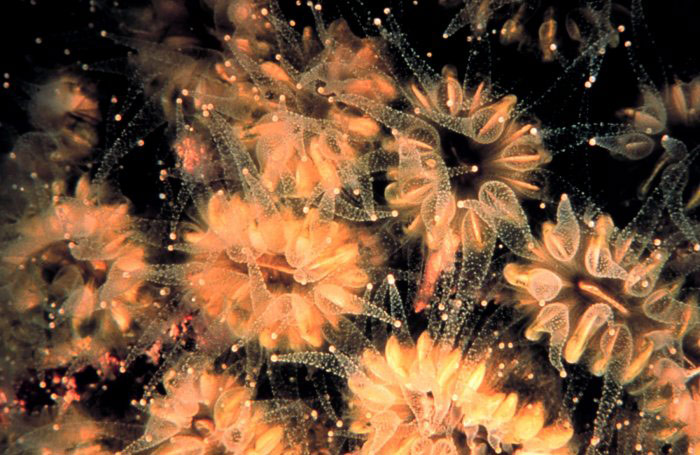
Beautiful Flower coral -- (Eusmilia fastigiata).


